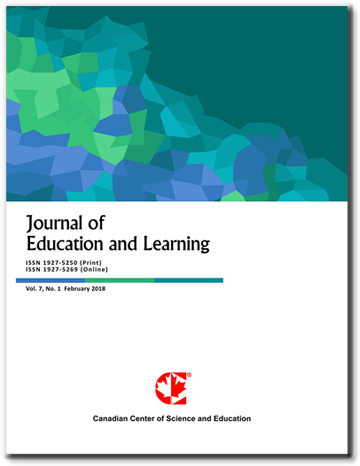Components and Indicators of Computational Thinking Learning Experience Management Competency of Early Childhood Teachers in Educational Institutions
- Wanichaya Srisuk
- Suwat Julsuwan
Abstract
This research aimed to: 1) investigate the components and indicators of computational thinking learning experience management competency of early childhood teachers in educational institutions under the Office of the Basic Education Commission, and 2) examine the congruence of these components and indicators.
The research was conducted in two phases: Phase 1 involved studying the components and indicators of computational thinking learning experience management competency of early childhood teachers, and Phase 2 consisted of a confirmatory factor analysis of the competency in computational thinking learning experience management of early childhood teachers. The sample comprised 330 early childhood teachers from educational institutions under the Office of the Basic Education Commission in the northeastern region, determined using a 15:1 ratio of 22 parameters and selected through multi-stage random sampling. The research instrument used was a questionnaire designed to develop the components and indicators of the computational thinking learning experience management competency of early childhood teachers in schools under the Office of the Basic Education Commission. The data were analyzed using Confirmatory Factor Analysis (CFA). The findings revealed that: 1) The components and indicators of computational thinking learning experience management competency of early childhood teachers, synthesized from relevant documents and research, consisted of: (1) decomposition of problems into sub-problems/sub-tasks, (2) pattern recognition in problems or solution methods, (3) abstraction of essential problem elements, (4) algorithm design, and (5) unplugged programming, with a total of 17 indicators; 2) The alignment of the empirical data with the components and indicators of the competency showed that the chi-square value was 85.641, with 69 degrees of freedom (df), a chi-square/df ratio of 1.2411, a statistical significance (p-value) of 0.085, a Tucker-Lewis Index (TLI) of 0.994, a Comparative Fit Index (CFI) of 0.997, a Root Mean Square Error of Approximation (RMSEA) of 0.027, and a Standardized Root Mean Square Residual (SRMR) of 0.025.
- Full Text:
 PDF
PDF
- DOI:10.5539/jel.v14n6p299
Journal Metrics
Google-based Impact Factor (2021): 1.93
h-index (July 2022): 48
i10-index (July 2022): 317
h5-index (2017-2021): 31
h5-median (2017-2021): 38
Index
Contact
- Grace LinEditorial Assistant
- jel@ccsenet.org
